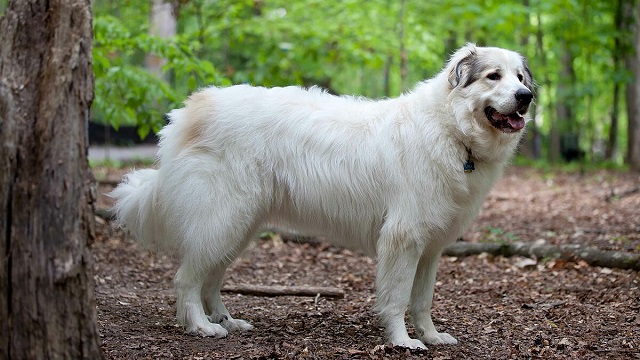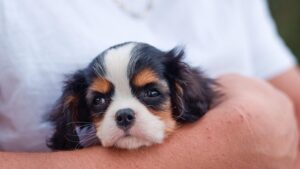Great Pyrenees Health Issues: How to Keep Your Gentle Guardian Healthy
As pet parents, we care deeply about our furry companions’ well-being, and the Great Pyrenees need that love and care as much as any other breed. These gentle giants are loyal, calm, and protective — a combination that makes them a joy to have in one’s life. They are mostly known for their impressive size and steady demeanor, but as working dogs, their sole mission once was to safeguard livestock and families in the border area between France and Spain.
Like all large breeds, the Great Pyrenees are genetically prone to specific health issues that can significantly affect their daily lives. They can have long lives, especially for a breed that can grow to weigh 100 pounds. The average Great Pyrenees lifespan of 10–12 years deserves admiration, as well as proactive care so that the years are filled with joy rather than hip or other issues.
That means recognizing subtle changes in their behavior and acting quickly when something seems off. But let’s face it: life gets busy, and it’s not always easy to catch these things right away. That’s why tools like the Maven Pet Health Monitor are game-changers. This smart device tracks your dog’s activity, sleep, and behavior 24/7, giving you insights you can’t always see and helping you catch potential health concerns before they become serious.
In this guide, we’ll talk about the most common Great Pyrenees health issues, how to prevent them, and ways to care for your big, lovable companion.
- Great Pyrenees require proactive care due to their vulnerability to specific health issues, including hip dysplasia and hypothyroidism.
- Maven Pet Health Monitor tracks activity, sleep, and behavior to detect health changes early, improving responses to potential issues.
- Regular vet visits and proper nourishment are essential for keeping Great Pyrenees happy and healthy throughout their lifespan.
Top 5 Great Pyrenees Health Issues and How to Monitor Them:
Health issues that can plague your Great Pyrenees are plenty and lurk from different places. Here’s a closer look at five common health issues in the Great Pyrenees and how the Maven Pet smart collar can become your biggest ally in keeping your dog healthy.
1. Hip Dysplasia
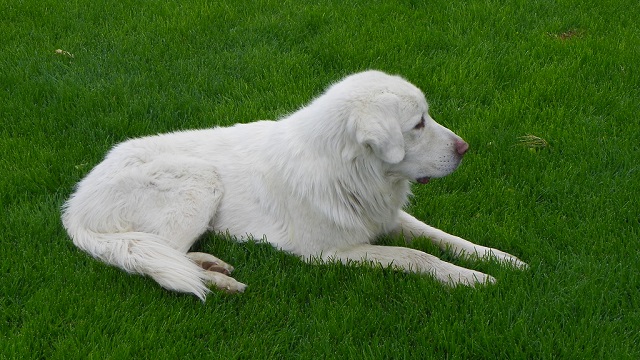
Hip dysplasia is probably the arch nemesis of your Great Pyrenees. It is a degenerative condition where the hip joint develops abnormally as your dog grows, leading to arthritis and reduced mobility over time. Considering the Great Pyrenees’ size and weight, it’s no wonder why this condition is so common. The usual symptoms include:
- Difficulty walking or climbing stairs
- Limping, especially after a walk
- Reduced interest in play or physical activity
While all these symptoms can point to joint discomfort, catching them early on or even understanding their impact is unclear. This is where Maven Pet’s innovative system is most valuable. It tracks reduced activity levels and nighttime restlessness, both indicators of joint discomfort. The device is also helpful for monitoring recovery progress after treatments like physical therapy or surgery and helps you track your dog’s mobility improvement.
“I got the Maven sensor for my 14-year-old Chihuahua mix with heart and trachea issues. It gave me back peace of mind – I can track her RRR, BPM, drinking, and activity anytime and know instantly if something’s wrong. Highly recommend!”
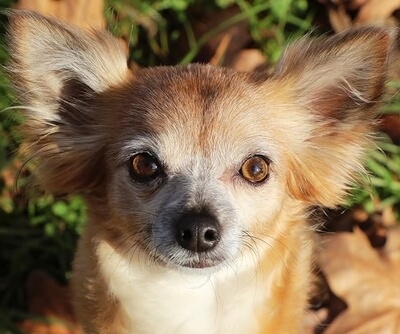
★★★★★
Chiara De Luca
Titti
2. Bloat (Gastric Dilatation-Volvulus)
Bloat is a condition that occurs when the stomach fills with gas and twists, cutting off blood flow and the release of gas. As a result, the dog’s stomach will continue to bloat and inflate, causing the dog pain and discomfort. Bloat can lead to some life-threatening conditions, such as splenic torsion, which occurs when the spleen becomes twisted together with the stomach, or blood poisoning caused by bacteria that end up in the bloodstream from the stretched stomach wall.
The symptoms of bloat can be:
- Swollen or hard abdomen
- Drooling excessively
- Restlessness and heavy breathing
- Nighttime pacing
The Maven Pet’s collar quickly detects early signs of discomfort, such as restlessness and nighttime pacing. It can also track changes in respiratory rate, which often rises due to the trapped gas, helping the vet make an early diagnosis and apply proper treatment.
3. Osteosarcoma (Bone Cancer)
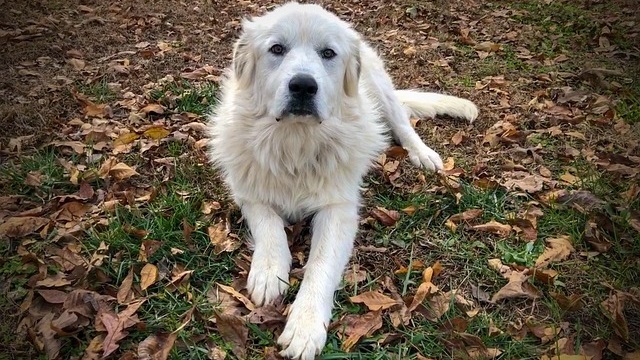
Osteosarcoma is the most common form of bone cancer in dogs. In fact, 80% of malignant bone tumors are the result of osteosarcoma. Large breeds, like the Great Pyrenees, are among the most afflicted breeds, usually between 6 and 8 years old, since that is the period where this condition gets diagnosed. Large breeds usually develop tumors on their legs, while the smaller breeds develop ones on the spine.
The usual Osterosarcom symptoms include:
- Limping or avoiding weight on one leg
- Swelling in the limbs
- Lethargy or reluctance to move
The vets must know whether or not it’s time to apply radiotherapy, chemotherapy, or resort to limb amputation to save the dog, so they need corroborating evidence as soon as possible. That sort of evidence can stem from Maven Pet’s collar. It catches decreases in mobility and daily activity, both of which are common with osteosarcoma. It also identifies changes in sleep patterns caused by pain, helping you detect issues before it’s too late.
4. Patellar Luxation
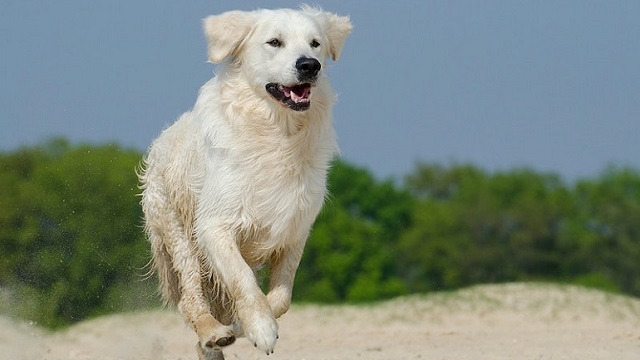
Patellar luxation occurs when the kneecap slips out of place, causing pain and lameness. While more common in smaller breeds, large dogs like the Great Pyrenees can also experience this condition.
Some of the indicators of this condition can be:
- Skipping steps or intermittent limping
- Reluctance to climb stairs or jump
- Signs of discomfort after activity
Most of the time, we can judge pet wellness based on how dogs move. The more easily they move, the healthier the dogs. With Maven Pet, you can track the activity levels of your pooch and catch signs of lethargy, which may indicate joint pain — a precondition to patellar luxation in your Great Pyrenees.
5. Hypothyroidism
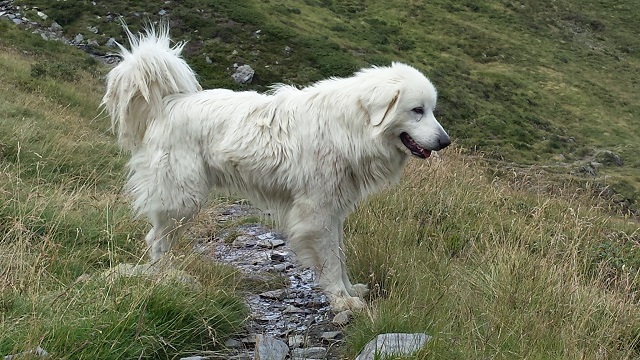
Hypothyroidism is a hormonal disease in which the thyroid glands don’t produce normal amounts of thyroid hormones. The condition can lead to weight gain, lethargy, and coat changes in dogs. It usually affects dogs aged between 4 and 10 and is particularly common in large breeds like the Great Pyrenees.
The signs of hypothyroidism include:
- Weight increase
- Diminished activity
- Lethargy
- Becoming overly sensitive to cold
Vets usually treat hypothyroidism with levothyroxine, a synthetic thyroid hormone that you’ll need to give your dog for the rest of its life. Therefore, your vet should be able to diagnose the condition with as much precision as possible. This is where Maven Pet’s tracking system, which logs changes in weight, appetite, and overall activity, can prove to be most helpful.
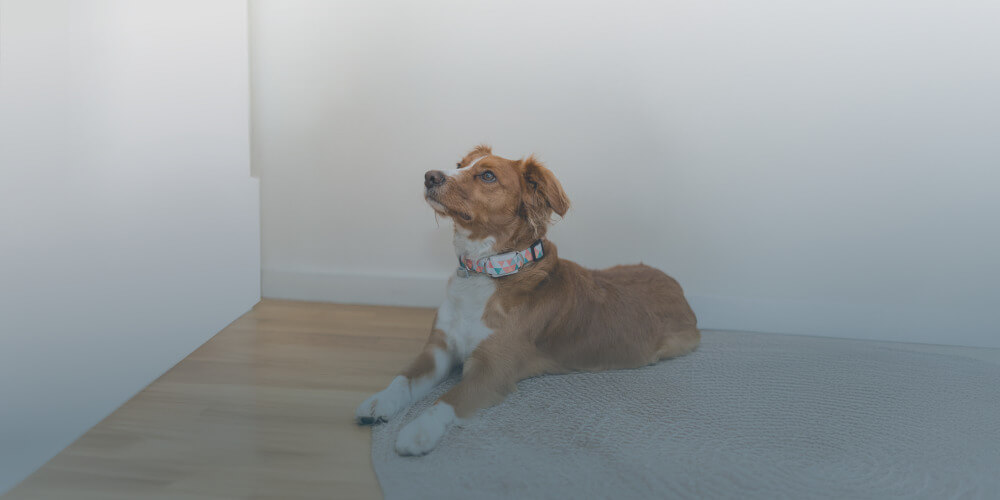
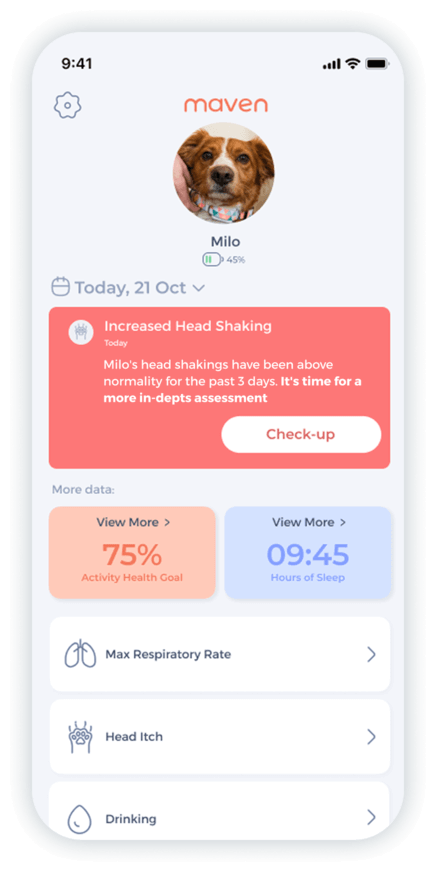
Monitor heart rate, respiratory rate, activity & rest, drinking, itch behavior.
Prevention and Care Tips
It’s always better to be safe than sorry, especially when keeping your Great Pyrenees happy and healthy. Here are some prevention and care tips.
- Regular visits to the vet — The lab and blood work can show abnormalities that can be precursors for specific conditions. For example, the vet can test your dog’s thyroid hormones to determine whether hypothyroidism is an issue.
- Proper nourishment — Since the Great Pyrenees are vulnerable to bloat, feeding it low-protein food for large breeds in several small meals per day can be the way to go. Pet parents have reported to the American Kennel Club that their Great Pyrenees prefer to eat a relatively small amount of food, so that shouldn’t be an issue.
- Use Maven Pet monitoring — With Maven Pet’s collar, you get the most comprehensive overview of your dog’s life. You can track activity levels to spot any changes in mobility and energy. The collar also identifies sleep patterns, nighttime restlessness, limping, appetite loss, or weight gain — all of which can be symptoms of a growing disease.
Why Monitoring Matters for Great Pyrenees Health
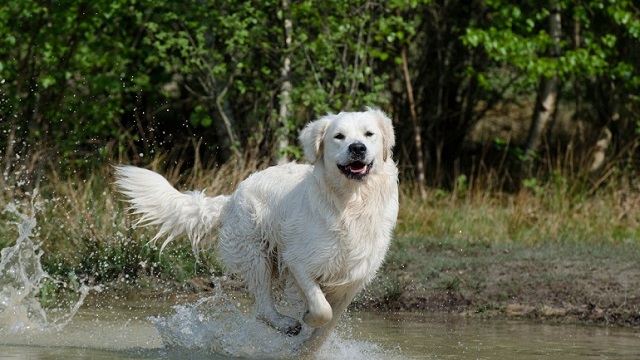
We’ve seen that the Great Pyrenees are prone to health issues that often start with subtle changes, like reduced energy or restlessness. Catching these early on can make all the difference in their quality of life.
Maven Pet’s 24/7 monitoring tracks activity levels, detects nighttime restlessness caused by discomfort and lets you log symptoms like weight gain or limping for better vet collaboration.
Only with a timely intervention will you give your dog a proper fighting chance if a health condition has already developed. What’s even more important is that with appropriate care, you’ll ensure a healthy and long life for your Great Pyrenees, free of ailments.
Conclusion
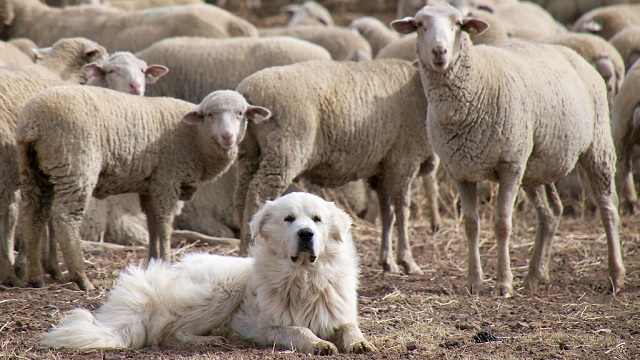
Your Great Pyrenees is more than a pet — they’re family, and we know it. That’s why in Maven Pet Health Monitor, you have a trusted partner in keeping them healthy and happy. From tracking health indicators and detecting subtle changes to providing real-time insights, Maven Pet empowers you to take proactive steps for their well-being.
Give your gentle giant the care they deserve — discover Maven Pet today and make every moment count.
Maven Pet focuses on improving the quality of life of our pets with technology, using artificial intelligence (AI) to enable proactive pet care. By accurately collecting and monitoring pet data 24/7 and flagging any irregularities, Maven Pet empowers pet parents and veterinarians to stay ahead of potential health issues, ensuring the well-being and longevity of our beloved companions.

